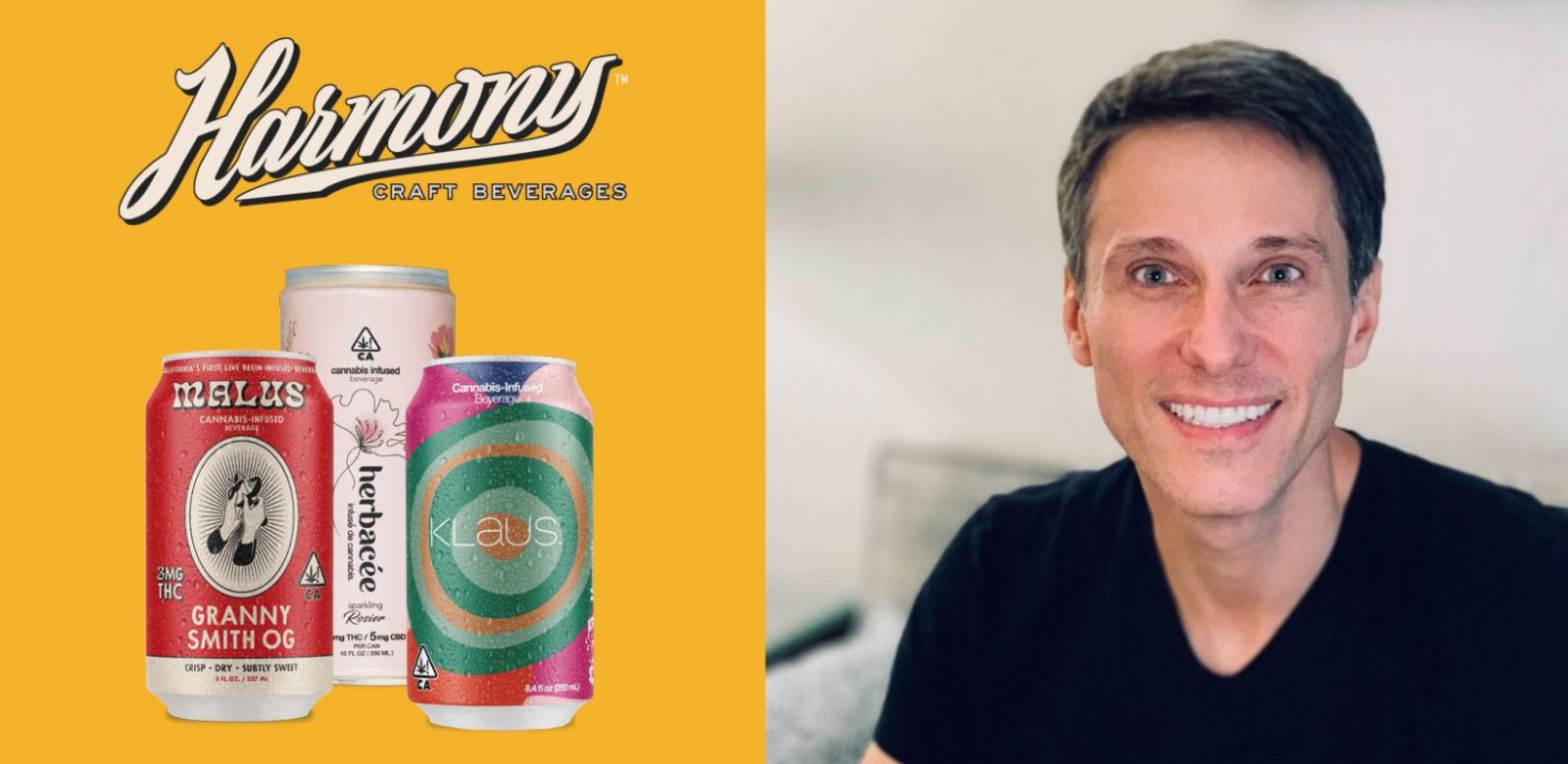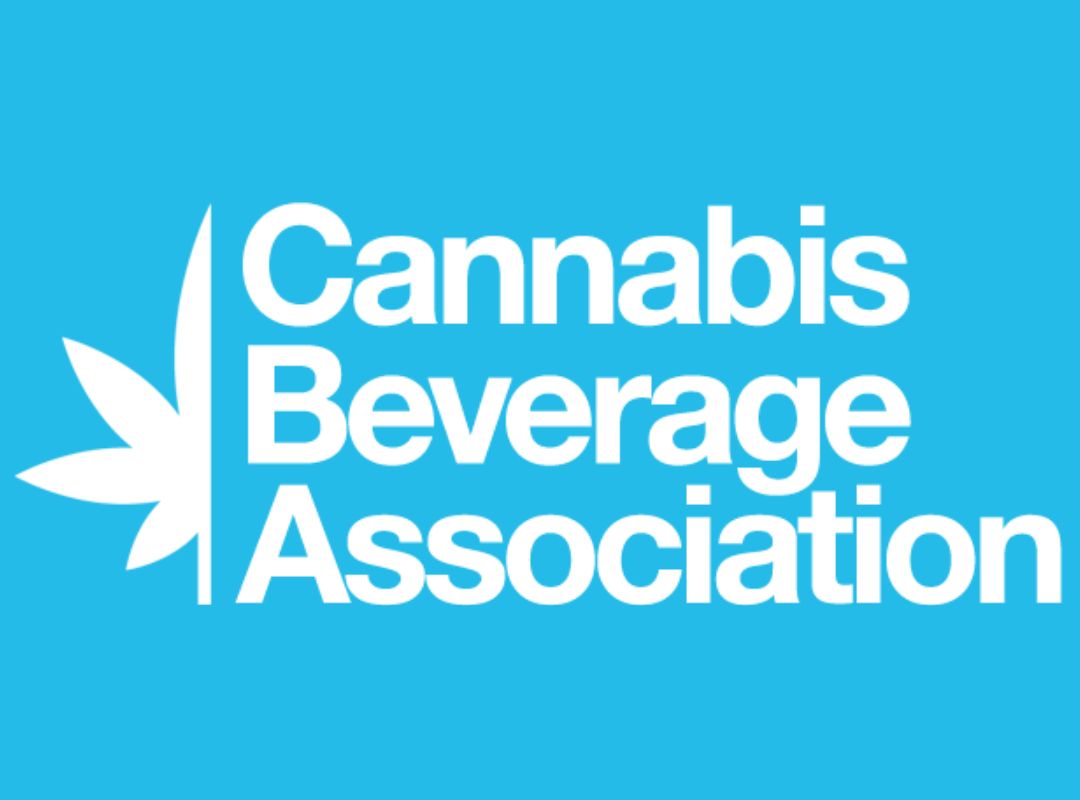
Producer Profiles
Jim Baudino on growth and expansion of Cannabis Drinks
Partner at Sands Lane Holdings, Jim talks about branding, trends, and building value for Cannabis companies
Can you tell us the “backstory” about what brought you to the cannabis industry?
Growing up in Michigan, I had my first encounters with cannabis during college in Ann Arbor, but it wasn’t until I joined the industry in 2015 that I truly got to understand and appreciate the plant. I had the opportunity to help launch a new cannabis culture media company, Merry Jane, which was co-founded by Snoop Dogg and was on a mission to educate the masses about cannabis.
Early on, I had a chance to meet with individuals and groups that have been impacted, including children with epilepsy, cancer patients, ex-military, professional athletes, and those that have been imprisoned and mistreated due to their cannabis use. This gave me my “why” for joining the industry. I equate using cannabis to driving a car. Anyone (age appropriate) can drive a car just like anyone can use cannabis. But, racecar drivers truly understand the car inside and out and know exactly how it operates. While I had a general appreciation for the cannabis plant, I didn’t know anything about it. From its storied history to the medicinal benefits of its complex chemical composition, there is a never-ending amount to learn.
Prior to joining the cannabis industry in 2015, I spent 10 years at Toyota North America, where I oversaw Toyota’s strategic partnerships and sponsorships, including relationships with the NBA, X-Games, NASCAR, and major lifestyle and music festivals. This gave me the opportunity to engage with and understand a diverse set of niche markets across North America and how to tailor messaging for each vehicle in the Toyota lineup.
Explain your role
As a partner in Sands Lanes Holdings, which is comprised of a venture studio, Sands Lane Ventures, and branding/marketing agency, Fiorello, I support the overall strategic direction and strategic partnerships and oversee client relationships for the agency. Under Sands Lane Ventures, we have a beverage incubator/accelerator, Harmony Craft Beverages, with three beverage brands currently in the market including Malus, Klaus, and Herbacée. I’m also on the board of the Cannabis Beverage Association where I chair the marketing committee.
How can a cannabis brand set itself apart? what are the questions one needs to think about to do this?
The most critical thing a brand must do is to have a quality product. With so many cannabis brands in the market, customers may not give a brand a second chance if they have a poor product experience. Assuming a brand’s product is quality, establishing an authentic story with a clear purpose is important in setting it apart. Being able to clearly articulate this messaging internally is just as important as the public-facing messaging.
For the most part, branding is a marathon, and while it is important to try various marketing tactics (and learn to fail fast), messaging must be consistent and focused. The brand must also understand who the specific audience is that they are trying to reach and what problem they are trying to solve. Knowing this will allow further questions to be asked like what channels are most effective to reach this audience, how often to communicate with them, and what marketing methods move the needle in driving action (eg, sales, engagement). Throughout the entire process, utilizing data to understand trends and adjust tactics accordingly will help to keep focused, so that brands can have effective campaigns and utilize capital efficiently.

Image Source: Cannabis Beverage Association
What trends are you seeing in cannabis in the US?
On a national scale, we’re continuing to see a push for full legalization. More states are decriminalizing and legalizing cannabis, and we’ll see each new marketable mature faster based on the learnings from other markets. While the flower is still king in most markets, we’re continuing to see increased adoption of other form factors including edibles and new types of concentrates. Beverages will continue to be one of the highest growth segments, however, there is still a general lack of awareness of the category, and unless distribution and retail are significantly altered, it will be some time before beverages become a significant percentage of the market.
More M&A activity will continue to happen as MSOs look to grow through acquisition into new markets and broader product categories. Cultivators will continue to be pushed out of the market due to low prices and high taxes (Thankfully California has helped reduce the impact of taxes on farmers, but it may have been too little, too late).
Delivery and direct-to-consumer options will grow in popularity with brands taking their future into their own hands. While direct-to-consumer options can be an interesting short-term solution for increasing sales for a brand, it is more of a band-aide for the larger sales and distribution issues that each market faces.
Another trend is the evolution of cannabinoid research and the propagation of new cannabinoids into the mainstream. Beyond CBN, CBG, and Delta-8, cannabinoids like Delta-10 and THC-O are getting more interest, and we’ll continue to see more documented research along with more cat and mouse antics around specific cannabinoids and their legality.
Give us 2 great examples in your experience with any big brand that you thought was done well and that can be applied in Cannabis branding
Red Bull is an excellent example of a brand that created a lifestyle. From one single product SKU, they built an empire. Red Bull is more than an energy drink, but is a brand that people wanted to be a part of. From their owned events to their sponsored athletes, they created a culture and did things on their terms.
Liquid Death is a more recent brand that has made something so generic like water cool and trendy. Their impressive marketing and e-commerce strategy has allowed them to build a very profitable business.
Both of these examples show how critical a brand is. Whether water, shoes, cars, or cannabis, brand matters, especially when your product is a commodity.
[[relatedPurchasesItems-36]]
Where do brands fail when it comes to cannabis branding
Many brands in cannabis over the years have been too on the nose with their branding and naming conventions and focus too much on the product vs the lifestyle. While I’ve seen significant improvement recently in naming conventions, there still are brands that heavily focus on stereotypes.
Many brands are also unrealistic about their target market and who will actually purchase their product. I have heard it countless times, that brands feel that their products are for everyone. Unfortunately, with limited budgets and trying to target everyone, their messages get watered down and they end up appealing to no one.
Consumers have become much more conscious of the brands and products they use. They can spot authenticity and brands that are inauthentic will either be pushed aside or will only be able to compete on price alone.
What are you working on right now?
Beyond the work ensuring our clients are getting the service they deserve, a lot of focus has been on establishing the Sands Lane Ventures brand portfolio, including our beverage incubator, Harmony Craft Beverages. We are continually looking for expansion opportunities into new markets, and we are building awareness of the beverage category through strategic partnerships and our work with the Cannabis Beverage Association.
Header Image: Jim Baudino, Brand Builder, Plant-Based Wellness Advocate, Advisor on Cannabis Drinks, Trends



